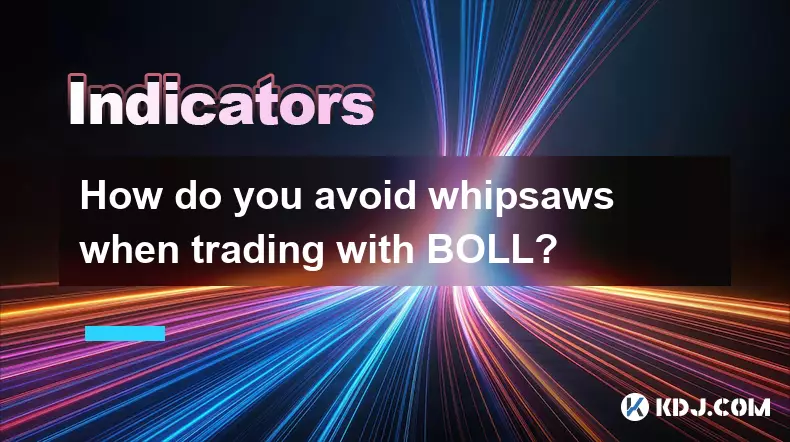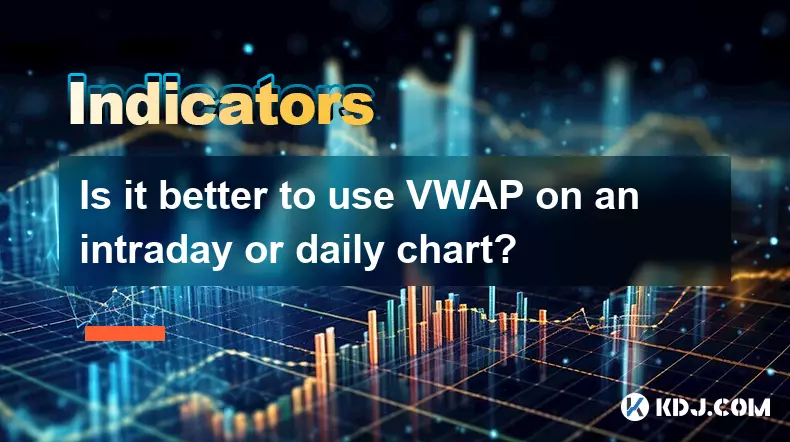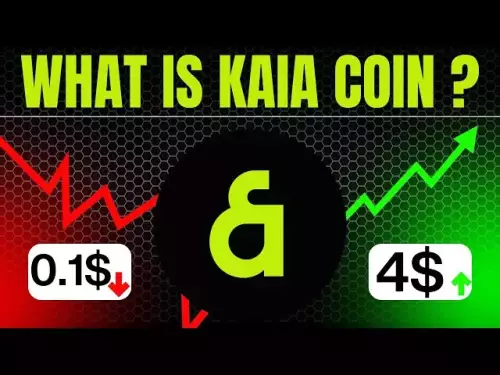-
 bitcoin
bitcoin $112715.707551 USD
-1.71% -
 ethereum
ethereum $4101.475385 USD
-3.01% -
 tether
tether $1.000644 USD
-0.02% -
 bnb
bnb $1207.619465 USD
-6.77% -
 xrp
xrp $2.501451 USD
-3.98% -
 solana
solana $202.947124 USD
-3.32% -
 usd-coin
usd-coin $1.000295 USD
0.04% -
 dogecoin
dogecoin $0.203884 USD
-4.47% -
 tron
tron $0.317154 USD
-1.72% -
 cardano
cardano $0.695009 USD
-4.43% -
 hyperliquid
hyperliquid $38.853961 USD
-8.23% -
 chainlink
chainlink $18.988674 USD
-4.64% -
 ethena-usde
ethena-usde $1.000233 USD
-0.03% -
 stellar
stellar $0.337050 USD
-3.63% -
 bitcoin-cash
bitcoin-cash $536.861728 USD
-1.28%
How do you avoid whipsaws when trading with BOLL?
Bollinger Bands can trigger false whipsaw signals in low-volatility or ranging markets, especially in crypto; combining them with RSI, volume, and price action improves accuracy.
Oct 10, 2025 at 03:20 am

Understanding Whipsaws in BOLL Trading
1. The Bollinger Bands (BOLL) indicator consists of three lines: the middle band, typically a 20-period simple moving average, and upper and lower bands that represent standard deviations from that average. These bands expand and contract based on market volatility, making them useful for identifying potential breakouts or reversals. However, during periods of low volatility or sideways movement, price often oscillates between the bands, triggering false signals known as whipsaws.
2. A whipsaw occurs when the price briefly touches or crosses the upper or lower band, suggesting a breakout or reversal, only to reverse direction shortly after. Traders acting on these signals may enter positions that quickly move against them, resulting in losses. This is especially common in ranging markets where there is no clear directional momentum.
3. To reduce exposure to such misleading signals, traders must recognize the conditions under which whipsaws are most likely to occur. Narrowing bands, also known as the 'squeeze,' often precede high-volatility moves, but not every squeeze leads to a sustained breakout. Acting prematurely on a touch of the band during consolidation increases the risk of being caught in a reversal.
Combining BOLL with Other Indicators
1. One effective method to filter out false signals is integrating BOLL with complementary technical tools. The Relative Strength Index (RSI) can help confirm overbought or oversold conditions. For example, if price touches the upper Bollinger Band and RSI exceeds 70, it strengthens the case for a short-term reversal. Conversely, a touch of the lower band combined with RSI below 30 adds credibility to a potential bounce.
2. Volume analysis plays a critical role in validating breakouts. A genuine breakout from the bands should be accompanied by a noticeable increase in trading volume. If price breaches the upper band on low volume, it may indicate weak momentum and a higher chance of a whipsaw. Monitoring on-chain volume data in cryptocurrency markets can provide deeper insight into institutional versus retail participation.
3. Using moving average crossovers alongside BOLL can improve timing. When the short-term moving average crosses above the long-term one within a Bollinger Band setup, it may signal stronger bullish momentum. This confluence reduces the likelihood of acting on isolated band touches that lack broader trend confirmation.
Adjusting BOLL Settings Based on Market Regime
1. The default BOLL settings (20,2) may not suit all market environments. In highly volatile crypto assets, widening the standard deviation multiplier to 2.5 or even 3 can reduce the frequency of band touches, minimizing noise. This adjustment makes signals less frequent but potentially more reliable.
2. Shorter lookback periods, such as 10 or 14, make the bands more responsive to recent price action, which can be useful in fast-moving markets. However, this also increases sensitivity, so pairing it with a volatility filter like the Average True Range (ATR) helps distinguish real moves from random fluctuations.
3. Traders can implement dynamic adjustments by switching BOLL parameters based on detected volatility regimes. During high volatility, wider bands prevent premature entries; during consolidation, tighter settings help identify range boundaries without overreacting to minor price excursions.
Applying Price Action Filters
1. Incorporating candlestick patterns at band extremes improves decision-making. For instance, a bearish engulfing pattern forming at the upper Bollinger Band reinforces a potential downside reversal. Similarly, a bullish hammer near the lower band suggests rejection of lower prices, increasing the probability of an upward move.
2. Waiting for a close beyond the band rather than reacting to intrabar touches reduces impulsive entries. A full candle closing outside the band carries more significance than a wick poking through, indicating sustained pressure from buyers or sellers.
3. Support and resistance levels derived from previous swing points or order book data in crypto exchanges add context. If price approaches the upper band near a known resistance zone, the odds of a reversal rise. Aligning BOLL signals with structural price levels enhances accuracy.
Frequently Asked Questions
What causes whipsaws in Bollinger Bands specifically in cryptocurrency trading?Cryptocurrency markets are prone to sudden volatility spikes due to news events, exchange outages, or large whale movements. These abrupt shifts cause price to rapidly touch or breach Bollinger Bands before reversing, creating misleading signals. Low liquidity on certain exchanges amplifies this effect, allowing small trades to trigger outsized price moves that appear like breakouts but quickly fizzle.
Can Bollinger Bands be used effectively in a sideways market?Yes, but with caution. In ranging markets, Bollinger Bands can highlight potential reversal zones when price reaches the upper or lower band. However, traders should avoid chasing breakouts and instead consider fading the bands—buying near the lower band and selling near the upper band—while confirming with horizontal support/resistance and momentum indicators to avoid traps.
How does timeframe selection influence whipsaw frequency with BOLL?Lower timeframes like 5-minute or 15-minute charts exhibit more noise and frequent band touches, increasing whipsaw risk. Higher timeframes such as 4-hour or daily charts produce fewer but more reliable signals. Scalpers using BOLL must apply stricter filters, while swing traders benefit from cleaner patterns on longer intervals where short-term volatility has less impact.
Disclaimer:info@kdj.com
The information provided is not trading advice. kdj.com does not assume any responsibility for any investments made based on the information provided in this article. Cryptocurrencies are highly volatile and it is highly recommended that you invest with caution after thorough research!
If you believe that the content used on this website infringes your copyright, please contact us immediately (info@kdj.com) and we will delete it promptly.
- XRP Price Prediction: Weekend Rollercoaster or Rally?
- 2025-10-12 08:45:16
- Bittensor (TAO): Super Bullish Signals Point to Potential 2x Rally
- 2025-10-11 10:25:12
- Silver Price Correction: Navigating the Dip & Identifying Key SEO Keywords
- 2025-10-11 10:25:12
- Decoding Crypto Trends: Bittensor's Bull Run, Cardano's Dip, and LivLive's Presale Buzz in 'Uptober 2025'
- 2025-10-12 08:45:16
- MoonBull: The Crypto Meme Coin Promising 1000x Gains?
- 2025-10-11 10:30:01
- Crypto Payroll Revolution: Stablecoins, Altcoins, and the Future of Salary Payments
- 2025-10-11 10:30:01
Related knowledge

What's the main difference between VWAP and TWAP?
Oct 12,2025 at 11:54am
Understanding VWAP and Its Role in Crypto Trading1. Volume Weighted Average Price (VWAP) is a trading benchmark that calculates the average price of a...

How do you identify exhaustion moves using VWAP and its bands?
Oct 12,2025 at 08:00am
Understanding the Role of Decentralized Exchanges in Crypto Trading1. Decentralized exchanges (DEXs) operate without a central authority, allowing use...

Is it better to use VWAP on an intraday or daily chart?
Oct 15,2025 at 02:01am
Intraday Trading and the Role of VWAP1. Intraday traders frequently rely on VWAP (Volume Weighted Average Price) as a dynamic benchmark for assessing ...

How do you use VWAP to scale in and out of positions?
Oct 14,2025 at 02:19am
Understanding VWAP as a Dynamic Benchmark1. The Volume Weighted Average Price (VWAP) is not just an indicator—it functions as a dynamic benchmark that...

What are the main advantages of using VWAP over EMA?
Oct 11,2025 at 02:18am
Main Advantages of Using VWAP Over EMA1. Volume-Weighted Average Price (VWAP) incorporates trading volume into its calculation, offering a more accura...

How do you use VWAP on different chart types like Heikin Ashi?
Oct 11,2025 at 05:01pm
Understanding VWAP in the Context of Heikin Ashi Charts1. The Volume Weighted Average Price (VWAP) is a powerful analytical tool commonly used by trad...

What's the main difference between VWAP and TWAP?
Oct 12,2025 at 11:54am
Understanding VWAP and Its Role in Crypto Trading1. Volume Weighted Average Price (VWAP) is a trading benchmark that calculates the average price of a...

How do you identify exhaustion moves using VWAP and its bands?
Oct 12,2025 at 08:00am
Understanding the Role of Decentralized Exchanges in Crypto Trading1. Decentralized exchanges (DEXs) operate without a central authority, allowing use...

Is it better to use VWAP on an intraday or daily chart?
Oct 15,2025 at 02:01am
Intraday Trading and the Role of VWAP1. Intraday traders frequently rely on VWAP (Volume Weighted Average Price) as a dynamic benchmark for assessing ...

How do you use VWAP to scale in and out of positions?
Oct 14,2025 at 02:19am
Understanding VWAP as a Dynamic Benchmark1. The Volume Weighted Average Price (VWAP) is not just an indicator—it functions as a dynamic benchmark that...

What are the main advantages of using VWAP over EMA?
Oct 11,2025 at 02:18am
Main Advantages of Using VWAP Over EMA1. Volume-Weighted Average Price (VWAP) incorporates trading volume into its calculation, offering a more accura...

How do you use VWAP on different chart types like Heikin Ashi?
Oct 11,2025 at 05:01pm
Understanding VWAP in the Context of Heikin Ashi Charts1. The Volume Weighted Average Price (VWAP) is a powerful analytical tool commonly used by trad...
See all articles


























![Staking ATH: How To Stake $ATH in October 2025 with 523% APY — [Step-By-Step Guide] Staking ATH: How To Stake $ATH in October 2025 with 523% APY — [Step-By-Step Guide]](/uploads/2025/10/15/cryptocurrencies-news/videos/staking-ath-stake-ath-october-apy-stepstep-guide/68eef94d80903_image_500_375.webp)















































